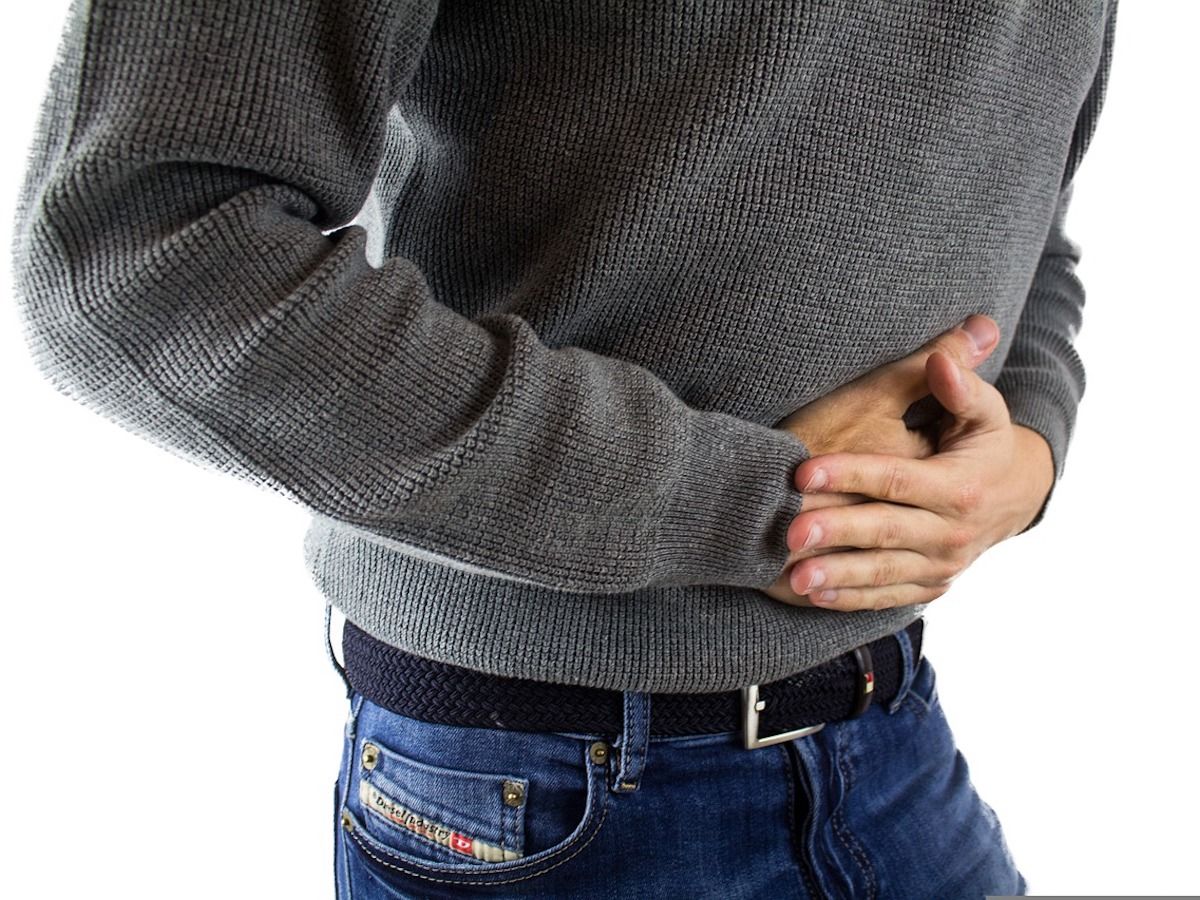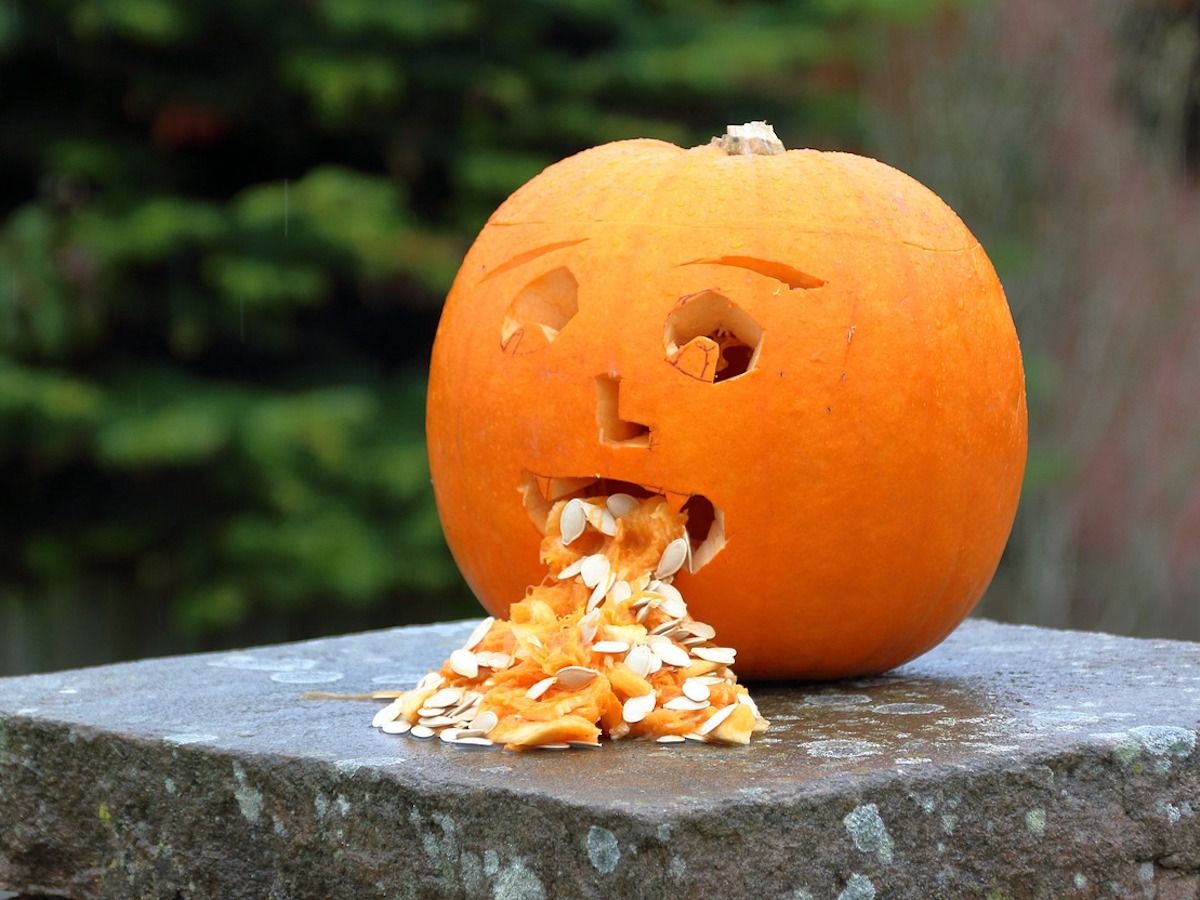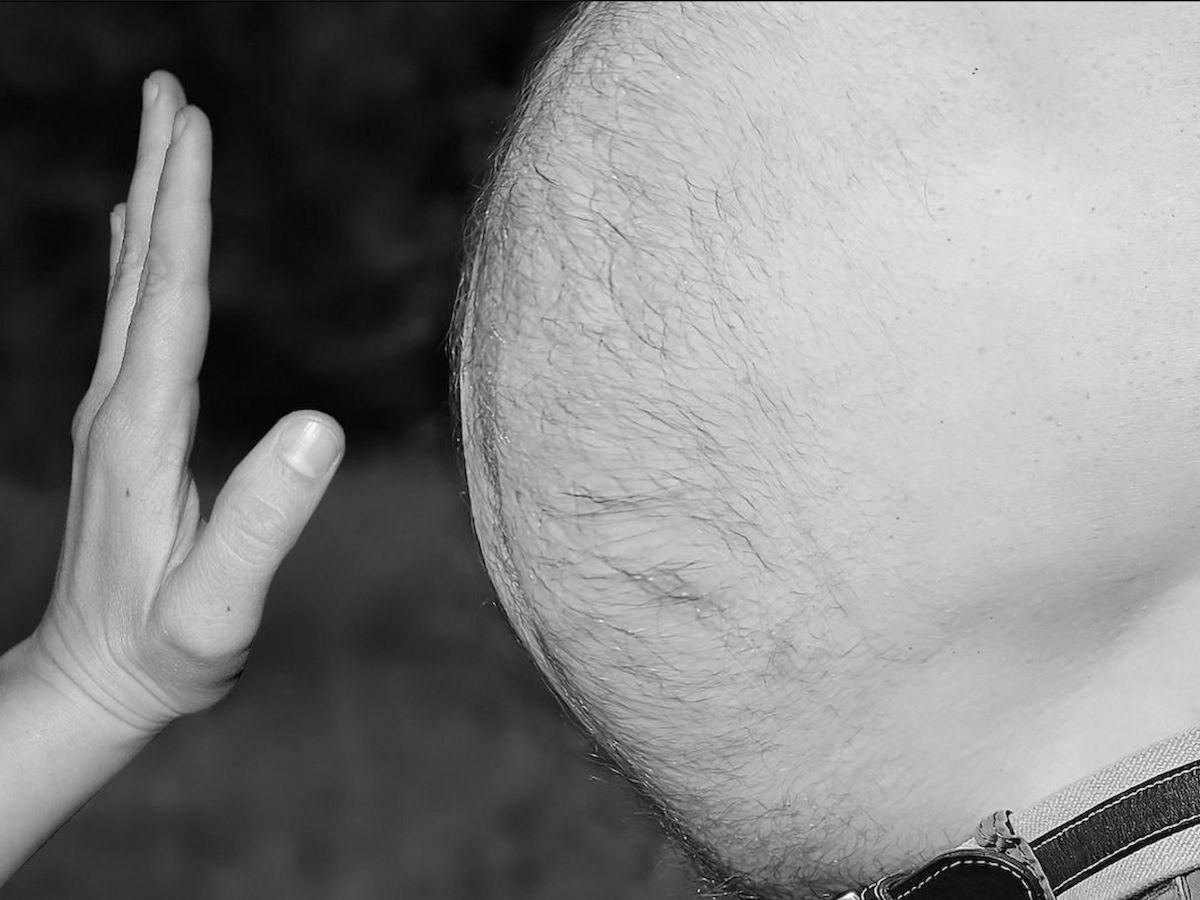Advertisement
Symptoms of Diverticulitis
Diverticulitis, which is is medically defined as “inflammation of a diverticulum, especially in the colon, causing pain and disturbance of bowel function”, is one of the most painful experiences a human being can go through. However, there are diverticulitis symptoms one can keep an eye out for so that they can head to the doctor before things get too rough.
From abdominal pain and trouble using the bathroom to flu-like fevers and chills all the way to potentially deadly complications like peritonitis.

Constipation and Diarrhea:
Bathroom issues including constipation and even in some cases bad diarrhea are often -though not always – symptoms of diverticulitis. This is due to the diverticulitis-caused inflammation, which in-turn can cause a bowl obstruction that leads to severe issues such as the pre-discussed constipation.
Fever:
A fever, defined as “an abnormally high body temperature, usually accompanied by shivering, headache, and in severe instances, delirium” is one of the most common symptoms one can suffer from, which tends to accompany almost any kind of illness. This includes diverticulitis, which can sometimes feature a high fever as a symptom.
Chills:
Chills, or the rapid contraction and relaxation of muscles, are the body’s way of producing heat when it feels cold and are often felt in conjunction with a fever. Yes, the same kind of fevers that can be a symptom of diverticulitis, which means that chills can also be a symptom of diverticulitis.
Abdominal Tenderness:
Abdominal pain and tenderness, specifically feelings soreness or sensitive on the left side of the lower abdomen, are almost always signs of diverticulitis. In fact, most medical professionals claim that this is the most common, and easiest to recognize symptoms of diverticulitis.

Bloody Stool:
According to UpToDate.com:
“Diverticular bleeding occurs when a small artery located within a diverticulum is eroded and bleeds into the colon. Diverticular bleeding usually causes painless bleeding from the rectum. In approximately 50 percent of cases, the person will see maroon or bright red blood with bowel movements.”
Nausea and Vomiting:
Nausea and vomiting, as well as dizziness, lightheadedness, and weakness are all common symptoms of diverticulitis as well. This is die to the effect of the virus on the body, as well as the blood loss that accompanies going to the bathroom.
Loss of Appetite:
Thanks to the mixture of fever, chills, nausea, abdominal pain, and uncomfortable trips to the bathroom, eating with diverticulitis can be a less than enjoyable experience. This, combines with the actual virus itself, can lead to a distinct loss of appetite and – if untreated – extensive weight loss.
Bloating:
In addition to abdominal discomfort, bloating is another often-felt symptom of diverticulitis. However, according to the American Society for Gastrointestinal Endoscopy there is a way to counter the effects.
“When diverticulosis is accompanied by abdominal pain, bloating or constipation, your doctor may recommend a high-fiber diet to help make stools softer and easier to pass. While it is recommended that we consume 20 to 35 grams of fiber daily, most people only get about half that amount.”

Peritonitis:
Peritonitis, or “inflammation of the peritoneum, typically caused by bacterial infection either via the blood or after rupture of an abdominal organ” can be one of the most dangerous, potentially fatal symptoms of diverticulitis. As explained by the Mayo Clinic, diverticulitis “may cause peritonitis if one of the pouches ruptures, spilling intestinal waste into your abdominal cavity.”
Urinary Tract Infection:
A urinary track infection is, as the name implies, an infection anywhere on the urinary track. During a diverticulitis episode, a colovesical fistula can develop, which can in-turn lead to the development of UTIs.
If you’re suffering from any of these diverticulitis symptoms, be sure to visit a medical professional ASAP, as things could definitely get worse before they get better.












